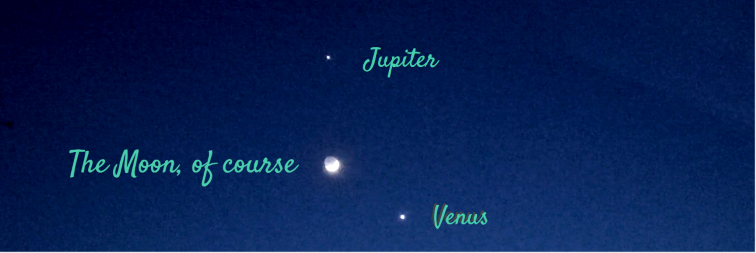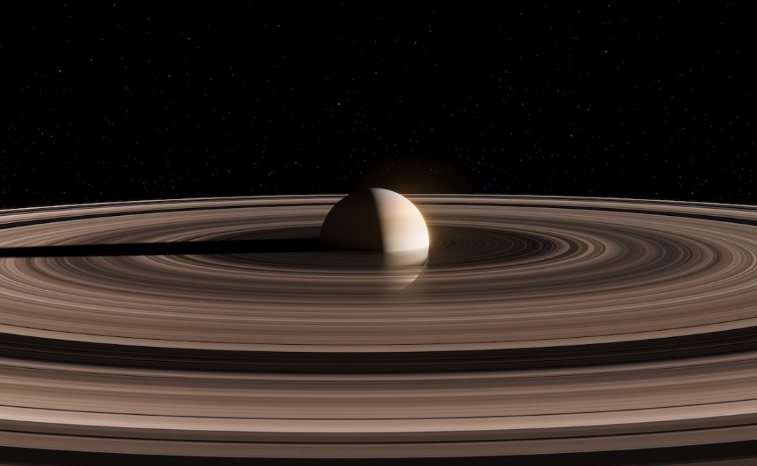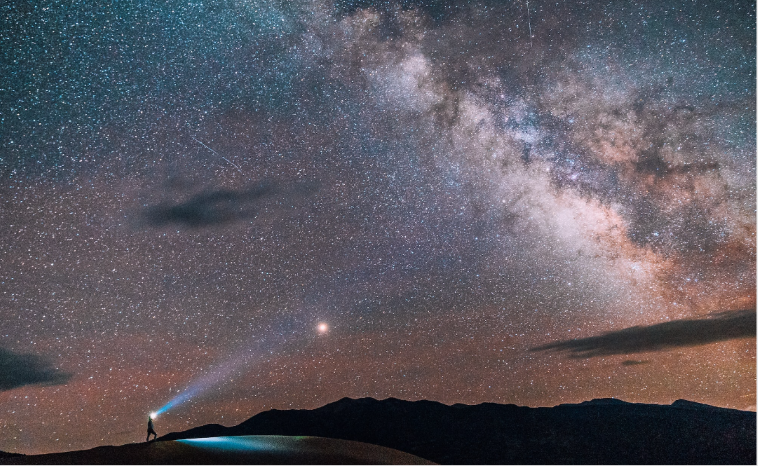Close Cosmic Encounters – Beauty and the Beast: Venus and Jupiter

Half an hour after sunset, a striking duo enters the scene. We will see Venus below the horizon and Jupiter slightly above it. During just the next month, these two will keep engaging in a flirtatious cosmic game. We are here to watch!
Are you ready to become a true astro-voayer?
Weather conditions are in our favor, so don’t ignore two of the brightest celestial objects after the calm of the day and maybe you can snap a cool cover image like we did!
The duo will change their position in the sky every night. In just one month, Venus and Jupiter will approach each other, at one point they will merge and then exchange positions in the sky.
These two always return to each other or astronomers would say – until gravity pulls them together and then pulls them apart, or vice versa.
Venus, the hot planet, and Jupiter, the gas giant, are now the brightest objects in the sky. Their brilliance will increase even more during the coming weeks.
Although they shine like stars, we can easily see that at night their shine does not twinkle like stars.
That’s because the stars are a source of light, like our Sun, while the planets shine because of the reflection of the Sun’s light that bounces off them.
The god of war, the planet Mars, is quite above them. In reality, these planets are separated by hundreds of millions of kilometers, they only appear to come close to each other.
Jupiter in the lead again
When, in 1610, Galileo Galilei discovered four of Jupiter’s satellites with his small telescope of modest capabilities, it was an event that caused disbelief, and many refused to believe in it.

However, a decade later, first Huygens, then Cassini, discovered five more new satellites with higher-quality telescopes, and they all revolved around Saturn. From then until today, Jupiter and Saturn have been competing to see who has more satellites.
In 2019, Saturn had 82 satellites. And until recently, Saturn was in the lead, but these days it would leave the lead to Jupiter.
Jupiter suddenly got 12 new moons and now has 92!
Of course, this race is not over because there are certainly still undiscovered satellites around both planets.
The new satellites are small, which is why they have not been observed so far. They have a diameter of several kilometers (in contrast to the Galilean ones with diameters of several thousand kilometers) and are located far from Jupiter.
While Galileo’s satellites circle Jupiter in a few days, these new satellites do so in hundreds of days.
These small and distant satellites, it is assumed, do not have the same origin as the closer satellites. They are probably captured and forced to orbit Jupiter or are possibly remnants of a collision between two or more bodies.

At the mention of the Solar system, we usually think only as far as the most distant planet. But the Sun’s gravity is dominant some 3,000 times further, up to halfway to the nearest stars. And that space, contrary to what is often thought, is not empty – it contains the Oort cloud, a space dominated by comets.
Far outside the planetary region, on the outskirts of the solar system, there is a huge cloud of comets that are affected by other stars almost as much as our Sun.
We are eager to share more in the upcoming posts. Here is an idea: why don’t you check out some of our older posts to keep your curiosity engine running?
Until next time!

